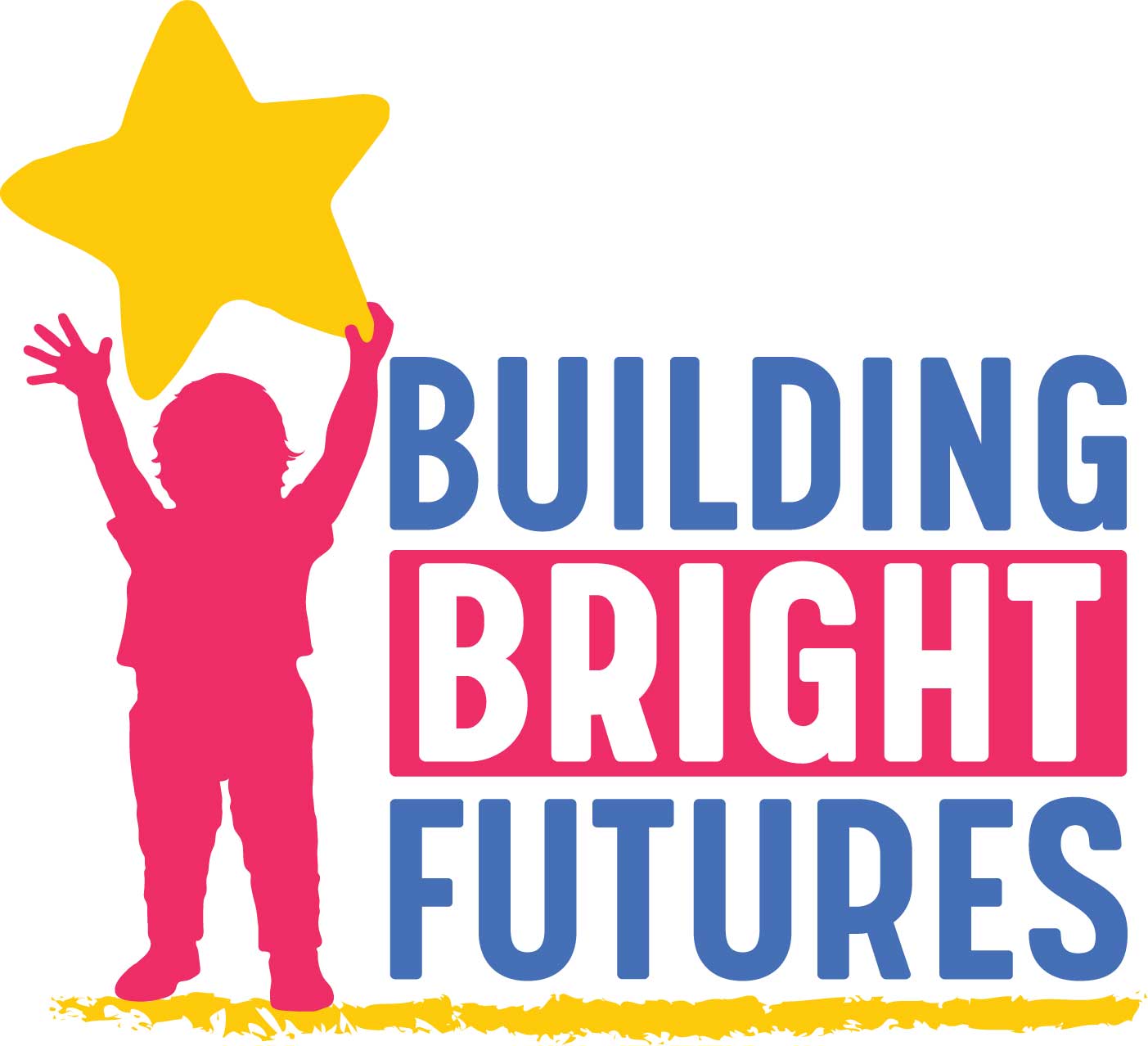By Dawn Powers
Are you a parent or do you know a parent who struggles with finding quality, affordable, and accessible childcare? You are not alone.
The Challenge
According to the 2018 Lets Grow Kids’ Stalled at the Start report, childcare in Vermont remains at a critical shortage across the state and in each county. The recent report notes that more than 70% of children five years and younger live in families where all available parents are in the labor force. Having access to affordable, quality childcare is critical to all of us. The lack of this necessary resource impacts our society as a whole.
Families who cannot find or afford childcare are often made to choose less than optimal circumstances to meet their needs: Choosing to pay for child care over other basic needs, choosing childcare programs that are of poor quality, or utilizing unregulated child care options – sometimes that are not safe or of good quality.
Access to affordable, quality childcare is critical to both children and their families. Families who have trouble accessing affordable, quality childcare may also have trouble maintaining employment and financial security for their family. Quality early childhood environments are key to meeting a child’s social, emotional, and developmental needs. Lack of this in the first years of a child’s life can have life-long implications on their health and learning. Poor-quality environments for a child may lead to an increase of negative behaviors, as well as not being ready for school and future learning.
In a report published by the Public Assets Institute called ‘State of Working Vermont 2017’, they measure access to child care as the percentage of child care facilities that low-income families can afford with state subsidies. The report describes how federal guidelines identified by the U.S. Department of Health and Human Services recommend that state subsidies for child care should be sufficient to allow low-income families to afford 75% of the child care market. However, according to the report, in 2015 only 23% of the child care market in Vermont was financially accessible to families receiving state assistance, even with higher reimbursement rates utilizing the STARS rating system.
In addition to the impact on children and families, employers are also impacted. If families are not able to find quality, affordable childcare, talented individuals may not join the workforce–limiting the potential pool of employees. Employees who are struggling with finding appropriate childcare may not be as focused at work, have increased absences, and even may need to choose to leave the workforce.
These issues influence productivity in the work place and may even lead to a decreased workforce. This has bearing on our society as well; creating communities where children and families are not supported. Often leading to increased health issues and families who are not financially secure. In addition, we become a state where families can’t afford to live and raise a family and a state that struggles to find quality employees to work and contribute to our society.
Community Impact
In Orleans/Northern Essex region (Newport AHS District), families have a particularly difficult time finding quality, affordable child care for their young children–especially infant and toddler slots. Many families are forced to pay for child care slots even before their child is born to secure an infant slot for their unborn child or they may need to travel out of district to access available childcare. Many young children and families endure long daily commutes to gain access to childcare so that parents can work.
Data for Infant and Toddler childcare access according to the 2018 Stalled at the Start Fact sheets for Orleans and Essex counties is as follows:
Orleans Infant Access Status
71% of infants likely to need care don’t have access to any regulated programs
95% of infants likely to need care don’t have access to high-quality (4-5 star) programs
Orleans Toddler Access Status:
41% of toddlers likely to need care don’t have access to any regulated programs
90% of toddlers likely to need care don’t have access to high-quality (4-5 star) programs
Essex Infant Access Status
87% of infants likely to need care don’t have access to any regulated programs.
96% of infants likely to need care don’t have access to high-quality (4-5 star) programs
Essex Toddler Access Status:
75% of toddlers likely to need care don’t have access to any regulated programs
92% of toddlers likely to need care don’t have access to high-quality (4-5 star) programs
In an interview with Kathy Griffin, the Director of the NEKCA Parent Child Center in Newport, she shared, “The biggest concern I have heard from my staff, families, and community partners is having to travel 20+ miles out of their way to access childcare.”
A community meeting held in the Newport AHS region in June of 2017 identified many challenges faced by parents trying to access affordable, quality child care for their children, including: Needing to make work decisions based on access to child care; transportation and commute challenges; utilizing poor- quality and/or unregulated child care options; needing to leave the work force in order to care for a medically fragile infant/child; difficulty finding open slots for infants or toddlers; private nanny costs are prohibitive; the percentage of child care costs made working not an option; shortage of specialized care providers; a ½ day preschool option is not accessible to working parents due to transportation needs; and lack of child care for 2nd and 3rd shift work (evenings/nights) or on holidays and weekends.
These challenges identified a year ago continue to be an issue that parents and community partners grapple with daily and have been the topic of conversation at several recent Building Bright Futures (BBF) council meetings. Families struggle to afford care and to find accessible quality programs for their children. In addition to these challenges, child care providers struggle with creating and maintaining a quality program without shifting these expenses to parents. The actual cost of providing quality child care is much more expensive than that of what is currently being charged- and on top of that, many providers are subsidizing the gap of what is being charged and what the state is subsidizing for families who can’t afford it.
During our conversation, Griffin added, “Our families, including our foster parents, are driving too far out of their way (20-30 miles twice a day) and there are too few child care providers that are open early mornings, late evenings, over nights, and on weekends. This situation is why families are getting desperate to use people not registered with the state. They are cornered into not having a choice and are desperate for help.“
“As far as Licensed facilities (non-pre-K) in all of Orleans County we have 38 slots. In St Johnsbury town alone, they have 200 licensed slots (non-pre-K). Those numbers alone tell our story. I can tell you there are weeks we are unable to provide any referral to families. That includes infant/toddler and school aged children. The lack of child care in our region is preventing our children and families from living prosperous lives. This crisis on already burdened families is a serious problem.”
Child care is at a critical shortage in the Northeast Kingdom in Orleans and Essex counties. Families trying to balance work and parent responsibilities rely on affordable, quality childcare. This is crucial to maintaining financially secure families and a strong workforce in our region and in Vermont.
A Call to Action
Fortunately, there are folks that are working on addressing this issue. There are also several initiatives that are underway in our region including investments in improving access to high-quality childcare through the Newport Promise Community. The financial investments in our community, as well as the dedication of many strong advocates for children and families, will begin to bridge the gap between the child care need and access to affordable child care options for families with young children in the Newport AHS District. However, our society can be healthier and more vibrant if we ALL get involved.
Take action by joining our regional Building Bright Future Council, learning more about the needs of families in our community, and helping to educate policy makers about the importance of supporting quality childcare and increasing state subsidies for families.
We need to shrink the gap between the true cost of providing quality childcare and the subsidies intended to help low-income families access this important resource. We all reap the benefits of supporting quality child care. The return on our investment is abundant and includes: Healthy children who are ready to learn, financially secure families, a strong work force, vibrant communities, cost savings in multiple areas including education and a state to be proud of that supports its residents.






